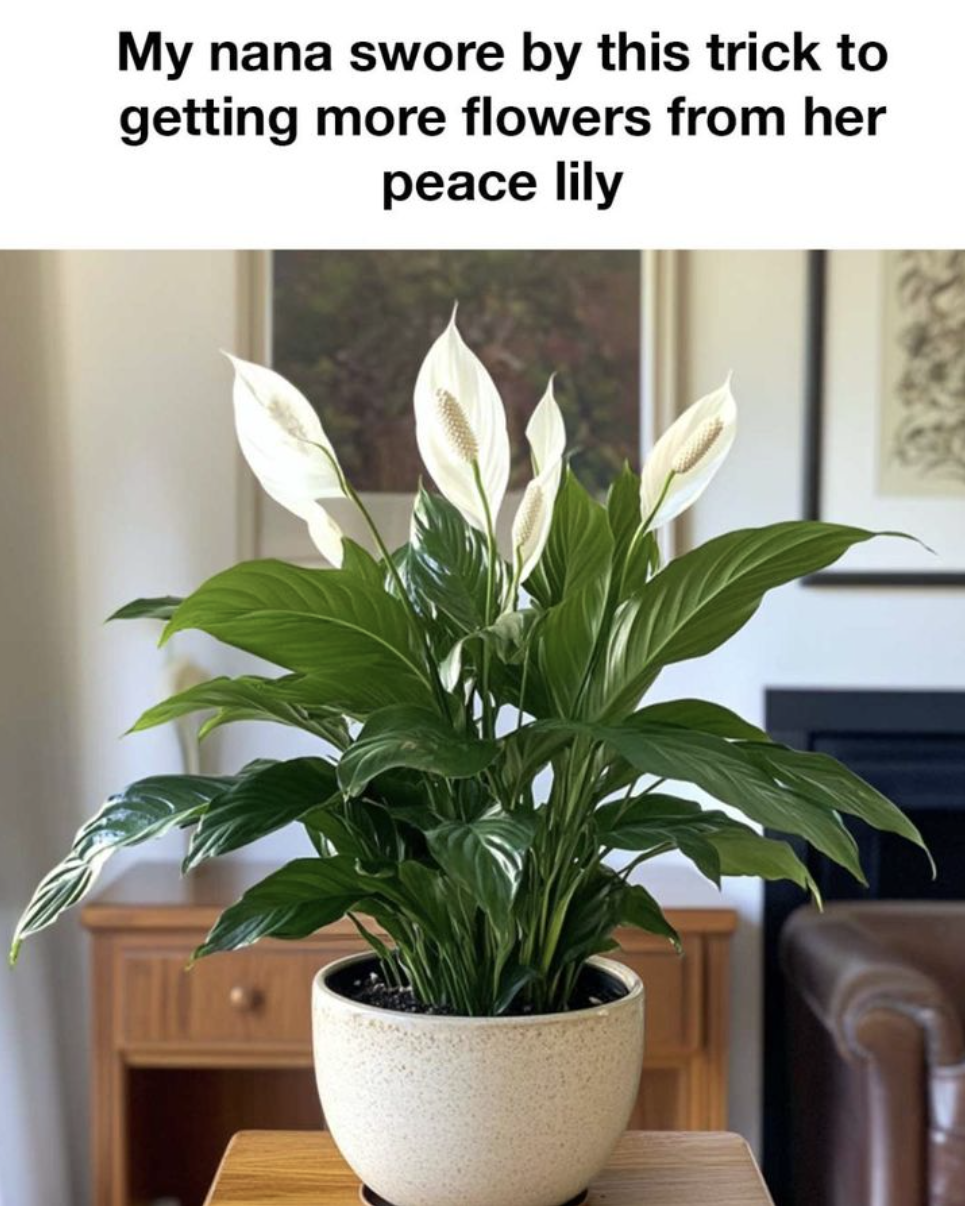Unlocking the Blooming Potential of Your Peace Lily
The Peace Lily, or Spathiphyllum, is more than just a beautiful houseplant; it’s a symbol of tranquility and a testament to the nurturing touch of its caregiver. Its elegant, dark green foliage and striking white flowers bring a touch of serenity to any space. But what happens when those blooms become scarce? What if your Peace Lily, despite your best efforts, refuses to flower as profusely as you’d like?
Understanding Your Peace Lily’s Needs
Before we delve into the secrets of abundant blooms, let’s establish a solid foundation of Peace Lily care. These tropical beauties thrive in indirect sunlight; direct sunlight can scorch their delicate leaves. Well-draining soil is crucial, preventing the dreaded root rot. Keep the soil consistently moist but never waterlogged. Regular misting or a humidity tray will help replicate their preferred humid environment. And don’t forget monthly fertilization during the growing season with a balanced houseplant fertilizer.
Common Peace Lily Challenges
Even with attentive care, Peace Lilies can face challenges. Yellowing leaves often signal improper watering or insufficient light. Pests like spider mites and aphids can attack, damaging foliage. And root rot, caused by overly saturated soil, is a serious threat. Achieving consistent blooming requires optimal conditions, making it a goal many gardeners strive for.
Nana’s Timeless Cold-Water Trick
My Nana, a gardening guru herself, had a unique trick she swore by – watering her Peace Lilies with cold water, especially in the early morning. This unconventional method, passed down through generations, supposedly stimulates flower production. While the common wisdom suggests using room-temperature water, Nana’s experience speaks volumes.
Step-by-Step Guide to Nana’s Method
1. Fill a watering can with cold tap water.
2. Water your Peace Lily in the early morning.
3. Water thoroughly, ensuring even moisture but avoiding waterlogging.
4. Repeat weekly, adjusting based on your plant’s needs.
5. Observe your Peace Lily for increased blooms over the following weeks.
The Science Behind the Cold-Water Method
The effectiveness of cold water might stem from the plant’s response to temperature fluctuations. The mild shock could trigger a defense mechanism, stimulating blooming as a form of reproductive effort. The cooling effect might also regulate root temperature, improving nutrient uptake and overall plant health. This is, however, an anecdotal observation and requires further scientific study.
Nana’s Trick vs. Modern Techniques
Modern gardening often advises using room-temperature water to avoid shocking plants, especially tropical ones. However, Nana’s trick introduces a natural variability that may better mimic the plant’s wild environment. It’s a compelling blend of traditional wisdom and modern understanding.
Success Stories from Fellow Gardeners
Many gardeners report impressive results using Nana’s method. Jane, a seasoned enthusiast, raves, “My Peace Lily never bloomed this profusely until I tried the cold-water method!” Mark, a novice gardener, adds, “I was skeptical, but now my Peace Lilies are blooming better than ever!”
Potential Drawbacks and Precautions
While effective for many, the cold-water trick isn’t without potential drawbacks. Sudden temperature changes can stress some Peace Lilies, particularly those already struggling. Ensure the water is merely cold, not icy, to avoid root damage. Adjust or discontinue the method if your plant shows signs of distress.
Conclusion: A Harmonious Blend of Old and New
Nana’s cold-water trick highlights the enduring value of traditional gardening wisdom. While modern techniques are valuable, combining them with time-tested methods can yield remarkable results. Attentive care and a willingness to experiment are key to a thriving Peace Lily. Embrace Nana’s advice, and may your Peace Lilies flourish with an abundance of beautiful blooms.
ADVERTISEMENT
